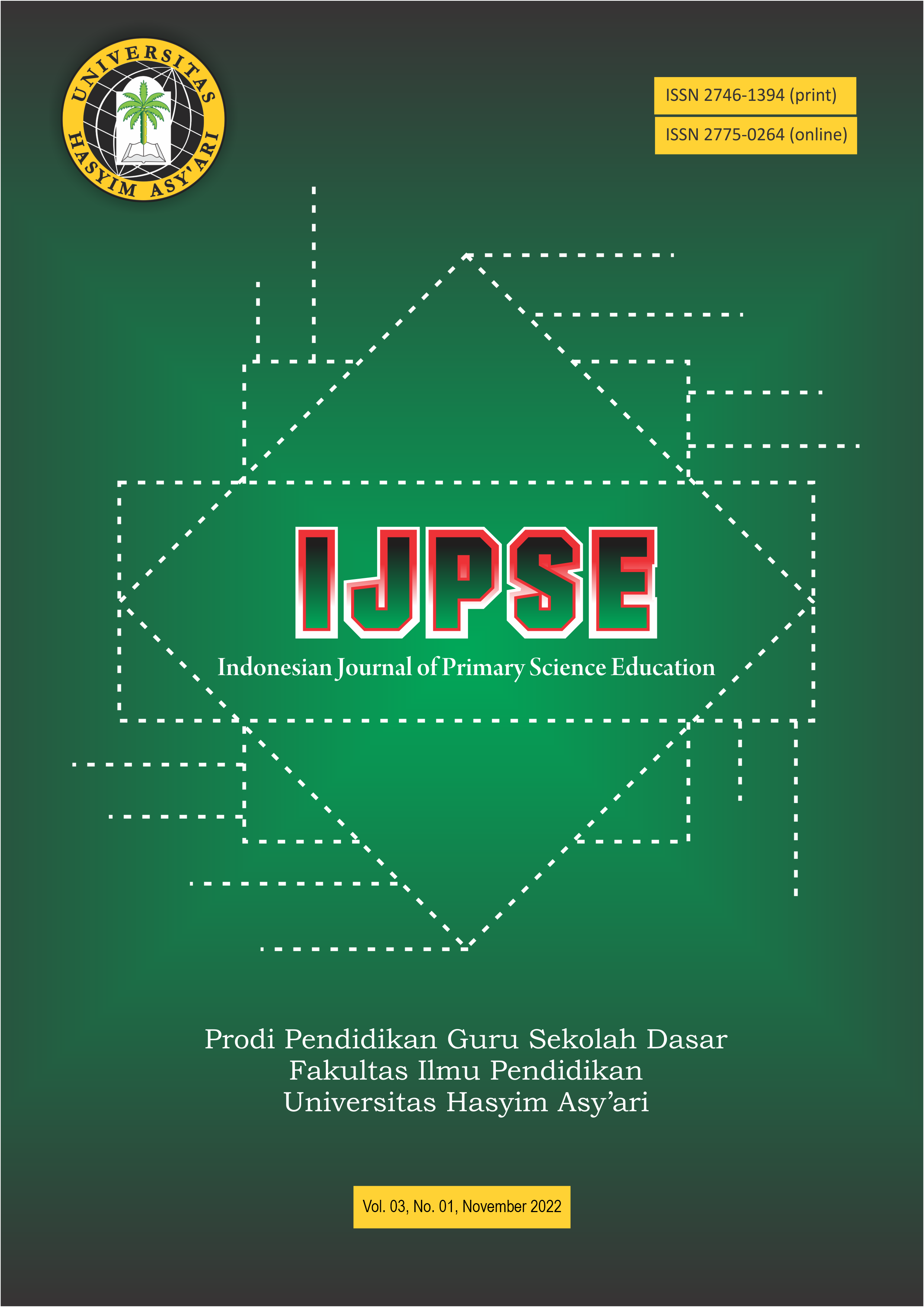The Development Of Water Cycle Diorama Media To Improve Student Learning Outcomes
DOI:
https://doi.org/10.33752/ijpse.v3i1.2894Keywords:
Edukasi, media diorama, hasil, siklus airAbstract
The development of diorama media asan effort to provide education on water cycle diorama media is based on several gaps including students who have never received interesting education on water cyclematerial, diorama media are not available, on average students do not understand the water cycle process. Development of diorama media and implementation for students of SDN Sukorejo1Perak.the development aims to producevalid diorama media. thedevelopment of this diorama media uses the Borg and Gall development model. There are 8 development processes that have been implemented in this research, namely, 1) potential and problems, 2) gathering information, 3) product design, 4) design validation , 5) design improvement, 6) product testing, 7) product revision, 8)trial use. The assessment of the diorama media was carried out by instrument experts, material experts, media experts, users of educators, as well as fifth grade students of SDN Sukorejo 1 Perak. The aresults obtained by the media expert validator is 95,58%, the material expert validator is 82,35 %. The results of the percentage of instrument expert validators are 80%, the results of user of educator trials are 77,7%. The results of small group trials were conducted with 8 studens witha percentage of91,5%, field trials were conducted with 16 students with a percentage of 90%. Based on the results of theoverall data analysis, it can be concluded that the development of diorama media is feasible to beused as a learning medium.









